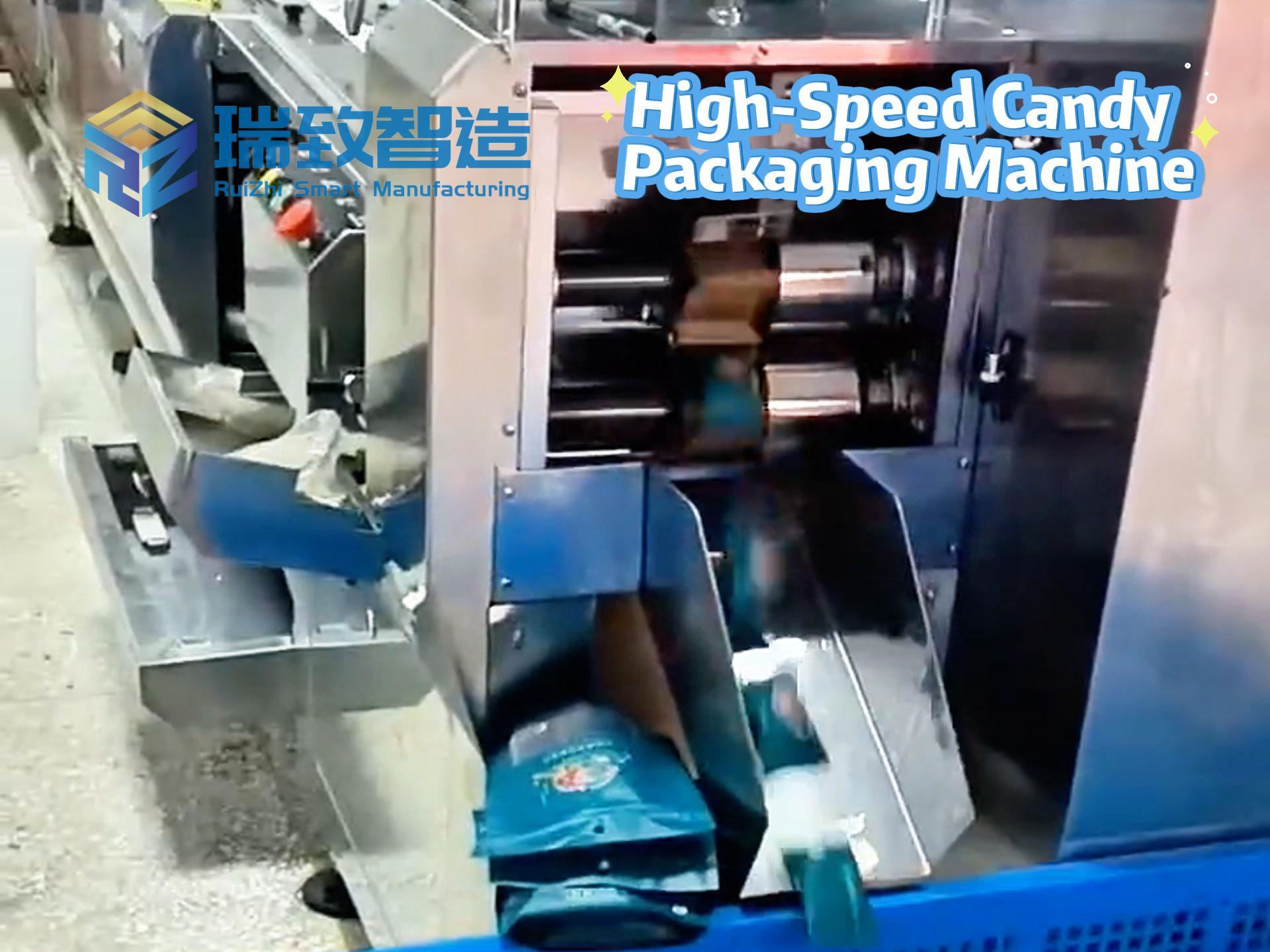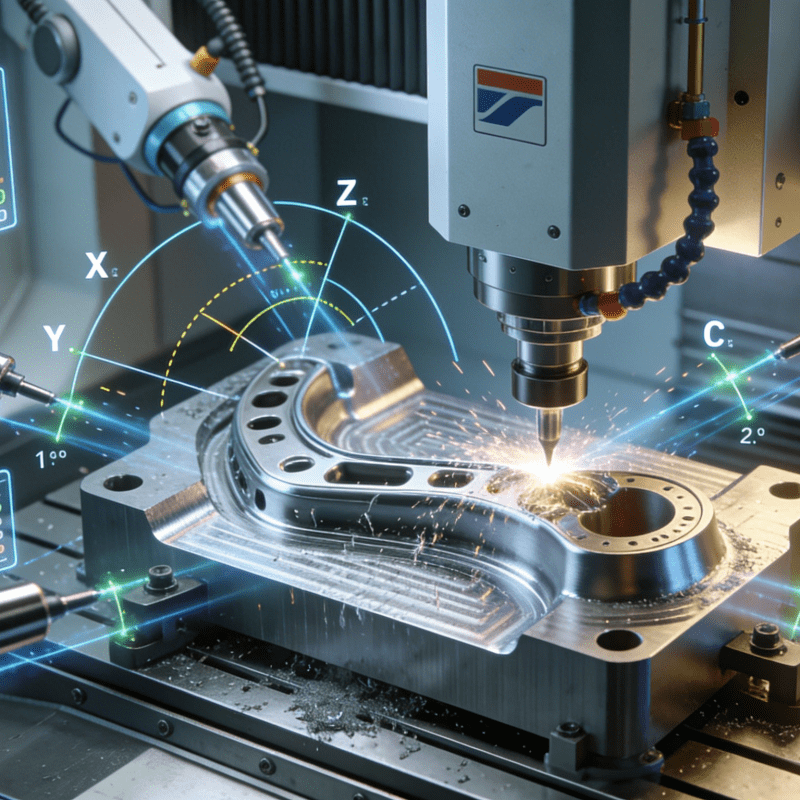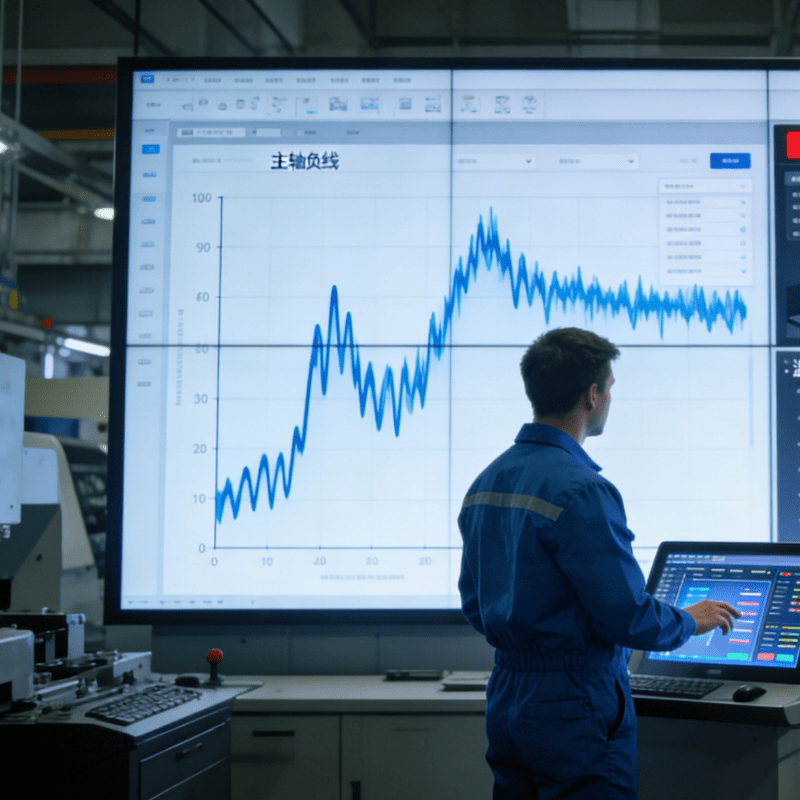
In the fast-paced world of flexible packaging—where products from snack bags and beverage labels to agricultural mulch demand both precise film formation and high-quality surface graphics—manufacturers have long faced a bottleneck: the separation of “tube film production” and “post-printing” processes. Traditional workflows require first extruding raw materials into seamless tube films, then transporting the films to a separate printing facility for pattern or text application. This disjointed approach not only adds logistics costs and production time but also risks film damage during transfer, reducing yield rates by 5-8% on average. Today, the Tube Film Machine with Printer has emerged as a game-changer, merging two core processes into a single continuous line. By integrating extrusion, forming, and in-line printing, this equipment eliminates intermediate links, slashes production cycles by 30-40%, and sets new standards for efficiency, precision, and sustainability in the flexible packaging industry.
The Core Principle: How Tube Film Machine with Printer Achieves “One-Pass” Production
To understand the innovation of this integrated equipment, it’s essential to break down its three interconnected core systems—each optimized to work in harmony, ensuring both film quality and printing accuracy.
Extrusion & Tube Forming System: The Foundation of High-Quality Film
The process begins with the extrusion unit, which melts and shapes raw materials (typically polyethylene, polypropylene, or biodegradable polymers like PLA) into seamless tube films. Unlike standalone tube film machines, this system is calibrated to maintain stable tension and uniform thickness—critical prerequisites for subsequent printing. Key components include:
Twin-screw extruder: With precise temperature control (180-230°C, depending on the polymer), it ensures full melting of raw materials, avoiding impurities or “fish eyes” that could disrupt printing.
Spiral die head: Distributes molten plastic evenly, producing tube films with thickness deviations as low as ±3μm (vs. ±5μm for traditional machines). This uniformity prevents ink unevenness during printing.
Air ring & cooling system: Rapidly cools the extruded tube film to lock in its shape, while a tension control module keeps the film stable as it moves toward the printing unit—even at speeds of 150-300 meters per minute.
In-Line Printing System: Precision Graphics on Moving Film
The printing unit is the “heart” of the integrated machine, designed to apply high-resolution patterns, barcodes, or text directly onto the moving tube film. Unlike off-line printers that require pre-cut flat films, this system adapts to the tube’s cylindrical shape and continuous motion through two key technologies:
Rotogravure or Flexographic Printing: Depending on the application, manufacturers can choose between rotogravure (for high-detail graphics, e.g., snack bag logos with 1200 DPI resolution) or flexographic printing (for faster speeds and cost-effective batch production). Both are equipped with web guide systems that use ultrasonic sensors to align the film with printing plates, correcting lateral deviations in real time (within ±0.5mm).
Ink Drying & Curing: After printing, the film passes through an UV or infrared drying tunnel. This instant curing process (completed in 0.5-2 seconds) prevents ink smudging, even at high production speeds. For food packaging applications, the system uses food-grade, low-VOC inks that meet FDA or EU 10/2011 standards, ensuring safety.
Synchronization Control System: The “Brain” of Integration
The biggest technical challenge of this equipment is synchronizing the extrusion, forming, and printing processes—any speed mismatch could cause film stretching or printing misalignment. The synchronization system solves this with:
PLC (Programmable Logic Controller) & HMI (Human-Machine Interface): Centralizes control of all units, allowing operators to adjust extrusion speed, printing pressure, and drying temperature via a touchscreen. The system automatically calibrates speeds, ensuring the printing unit matches the film’s movement exactly.
Tension feedback sensors: Installed between the forming and printing units, they monitor film tension in real time. If tension spikes (e.g., due to raw material inconsistencies), the system adjusts the extruder speed or printing roller pressure within 0.1 seconds, preventing film breakage or ink offset.
Key Advantages: Why Manufacturers Are Adopting Integrated Equipment
For flexible packaging producers, the Tube Film Machine with Printer isn’t just a “combination of two machines”—it’s a strategic investment that addresses longstanding industry pain points. Its core advantages include:
30-40% Faster Production Cycles
Traditional workflows require 2-3 days to produce tube films, transport them to a printer, and complete graphics application. With the integrated machine, the entire process—from raw material to printed tube film—takes just 8-12 hours. For example, a manufacturer producing 50,000 meters of agricultural mulch (printed with crop growth guides) can cut lead times from 3 days to 1 day, enabling faster delivery to farmers during planting seasons.
5-8% Higher Yield Rates
Off-line printing often leads to film damage during transportation (e.g., scratches, creases) or misalignment during feeding (resulting in wasted edges). The integrated machine eliminates these risks: the film never leaves the production line, so yield rates jump from 92-95% (traditional) to 98-99%. For a factory producing 1 million meters of packaging film annually, this translates to 30,000-50,000 meters of additional usable film—worth $15,000-$25,000 in extra revenue (based on average film prices of $0.5/m).
Cost Savings Across the Board
The integrated approach reduces costs in three key ways:
Labor costs: A standalone tube film line and printing line require 4-6 operators; the integrated machine needs only 2-3.
Logistics costs: No need to transport film between facilities, cutting trucking and storage expenses by 15-20%.
Material waste: Precise synchronization and tension control minimize scrap (e.g., misprinted film), reducing raw material consumption by 3-5%.
Flexible Adaptability to Diverse Needs
Modern manufacturers face growing demand for customization—from small-batch promotional packaging to large-volume agricultural films. The Tube Film Machine with Printer meets this need with:
Quick-change printing plates: For rotogravure models, plates can be swapped in 30-45 minutes (vs. 2-3 hours for traditional printers), enabling fast switching between designs.
Variable film specifications: It can produce tube films with diameters ranging from 100mm (for small snack bags) to 2000mm (for agricultural greenhouse films), and thicknesses from 20μm to 200μm—all while maintaining printing quality.
Application Scenarios: From Daily Packaging to Industrial Solutions
The versatility of the Tube Film Machine with Printer has made it a staple in multiple industries, each leveraging its unique capabilities to solve sector-specific challenges.
Food & Beverage Packaging: Safety + Aesthetics
In the food industry, packaging must meet strict safety standards and attract consumers with vivid graphics. The equipment excels here by:
Using food-grade inks and materials (e.g., low-density polyethylene) that comply with global safety regulations.
Printing high-resolution images (e.g., product ingredients, expiration dates, brand logos) directly on tube films used for snack bags, beverage pouches, or frozen food packaging. For example, a snack manufacturer can print limited-edition holiday designs on potato chip bags in batches of 100,000—all in a single production run.
Agricultural Films: Durability + Functional Graphics
Agricultural mulch and greenhouse films need to withstand harsh outdoor conditions (UV radiation, wind, rain) while conveying useful information. The integrated machine addresses this by:
Producing thick, UV-resistant tube films (50-150μm) that last 6-12 months in the field.
Printing functional graphics, such as crop spacing guides, irrigation schedules, or brand names, using UV-stable inks that don’t fade under sunlight. A study by the International Association of Plastics Distribution found that printed agricultural films improve farmer efficiency by 10-15% (e.g., reducing time spent measuring spacing).

Industrial & Logistics Packaging: Strength + Traceability
For industrial applications (e.g., wrapping large machinery parts) or logistics (e.g., courier bags), the equipment focuses on strength and traceability:
Extruding high-tensile tube films (using copolymer materials) that resist tearing during shipping.
Printing barcodes, QR codes, or batch numbers directly on the film, enabling real-time tracking of goods. For logistics companies, this eliminates the need to apply separate labels—reducing labor and ensuring labels don’t peel off in transit.
Future Trends: Toward Smarter, Greener, and More Precise Integration
As the flexible packaging industry evolves toward sustainability and smart manufacturing, the Tube Film Machine with Printer is set to undergo three key upgrades:
AI-Powered Quality Inspection
Future models will integrate AI vision systems that capture 500-1000 images per second of the printed film. These systems will automatically detect defects like ink smudges, missing text, or film thickness variations—rejecting faulty products in real time and sending data to the PLC to adjust parameters (e.g., printing pressure) automatically. This will push yield rates even higher, to 99.5% or more.
Biodegradable Material Compatibility
With global bans on single-use plastics expanding, manufacturers are shifting to biodegradable polymers (e.g., PLA, PHA). Next-generation integrated machines will be optimized for these materials, which have different melting points (160-180°C for PLA vs. 180-230°C for polyethylene) and require gentler tension control. Some prototypes already support 100% biodegradable film production with in-line printing, meeting EU and U.S. compostability standards.
Digital Printing Integration
While rotogravure and flexography dominate today, digital printing (e.g., inkjet) is gaining traction for ultra-small-batch, highly customized orders. Future Tube Film Machines with Printer may integrate digital printing modules, allowing manufacturers to print unique designs for each tube film (e.g., personalized gift packaging) without changing plates—opening new opportunities in the luxury goods and e-commerce sectors.
Conclusion: A Cornerstone of Modern Flexible Packaging Manufacturing
The Tube Film Machine with Printer represents more than just technological integration—it’s a response to the flexible packaging industry’s need for speed, efficiency, and adaptability. By merging tube film formation and printing into a single, seamless process, it eliminates waste, cuts costs, and enables manufacturers to meet the growing demand for customized, safe, and sustainable packaging. As AI and biodegradable material technologies advance, this equipment will continue to evolve, becoming an even more essential tool for producers looking to stay competitive in a rapidly changing market. For businesses aiming to reduce their environmental footprint, shorten lead times, and deliver high-quality products, investing in a Tube Film Machine with Printer isn’t just a choice—it’s a step toward the future of manufacturing.




















